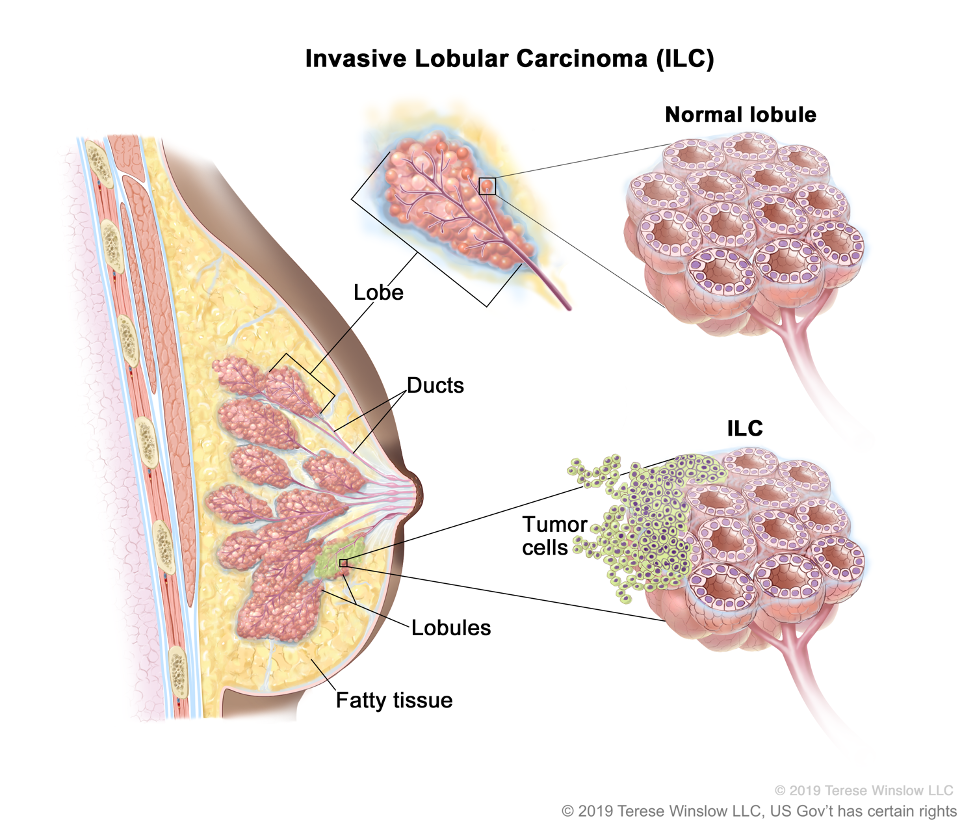Breast Cancer
BREAST CANCER
Both men and women can get breast cancer. There are several different types. Most cases in women are found with screening mammogram, while many other cases are diagnosed with a palpable mass. Treatment depends upon the type of breast cancer and the stage at diagnosis.
The evaluation of and care for breast cancer have advanced significantly over the years, and more information is being discovered with research that is being done all over the world. It is important that a woman (or man) pair with a breast cancer team to get a full understanding of the diagnosis and treatment options available. Dr. Quarterman is very active in the breast surgery community and keeps up-to-date with the latest news about breast cancer.
At Delaware Breast Care, Dr. Quarterman takes the time to fully explain a diagnosis of breast cancer, with all of its features. She details treatment options and explains her treatment recommendations. She makes sure that every patient has a full understanding of their diagnosis and that they feel comfortable making decisions for themselves. Dr. Quarterman is committed to standing by her patients from diagnosis through treatment to survivorship.
Breast Cancer (or carcinoma) is a general term that described malignant growths that originate from breast cells. The term "invasive" is added to indicate that this cancer has the capacity to spread beyond the breast into lymph nodes, blood vessels and distant organs. The two functional elements in the breast are lobes and ducts. The lobes are made up of lobules, and this is where breast milk is made. The milk travels through the lobules and lobes directly into the ducts. The ducts empty out into the nipple. Invasive lobular carcinoma originates from the lobules, and Invasive ductal carcinoma originates from the ducts. The average American woman has 1 in 8 chance of getting breast cancer in her lifetime. Frequently, the prognosis is excellent. This is because most cases of breast cancer in the US are found at an early stage with screening mammography. this means that most of the tumors we find are small (2cm or less in size) and have zero, one or two lymph nodes involved. When the pathologist sees breast cancer in tissue, she will describe if it's coming from lobules, ducts or both. She'll also explain if the cancer is positive or negative for estrogen receptors, progesterone receptors and the HER2neu protein.
Sometimes, breast cancer is found on examination. A woman and her provider may feel a new breast mass, see skin dimpling or redness, or notice that the nipple is inverted or pulling in one side. Some cases of breast cancer present as a new fullness or heaviness. Breast cancer practically never causes pain.
Most cases of breast cancer are found on screening mammogram, when they are too small to be felt or seen on physical examination. It's important to get annual screening mammograms for this reason: breast cancers found that way are often very early and highly treatable.
If you've noticed a change in your breast and are concerned about what it could be, please call DBC at 302.386.8686.











